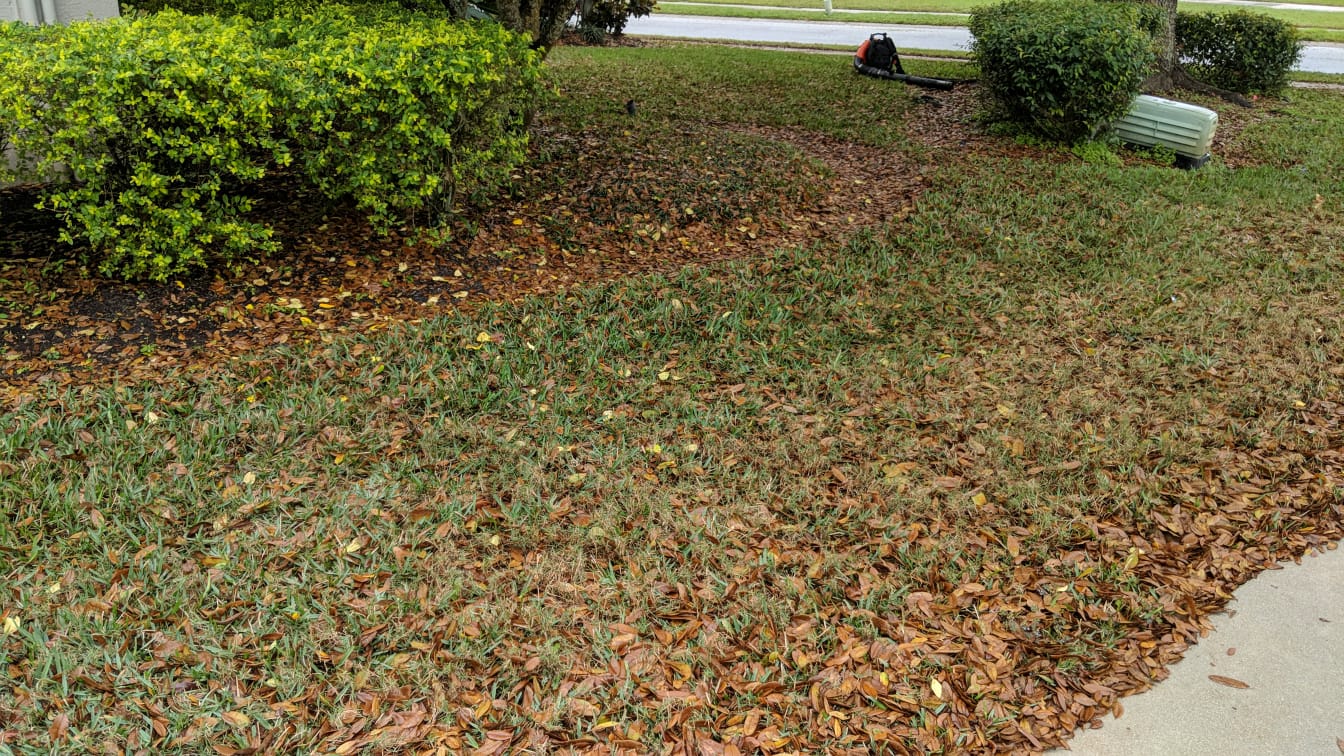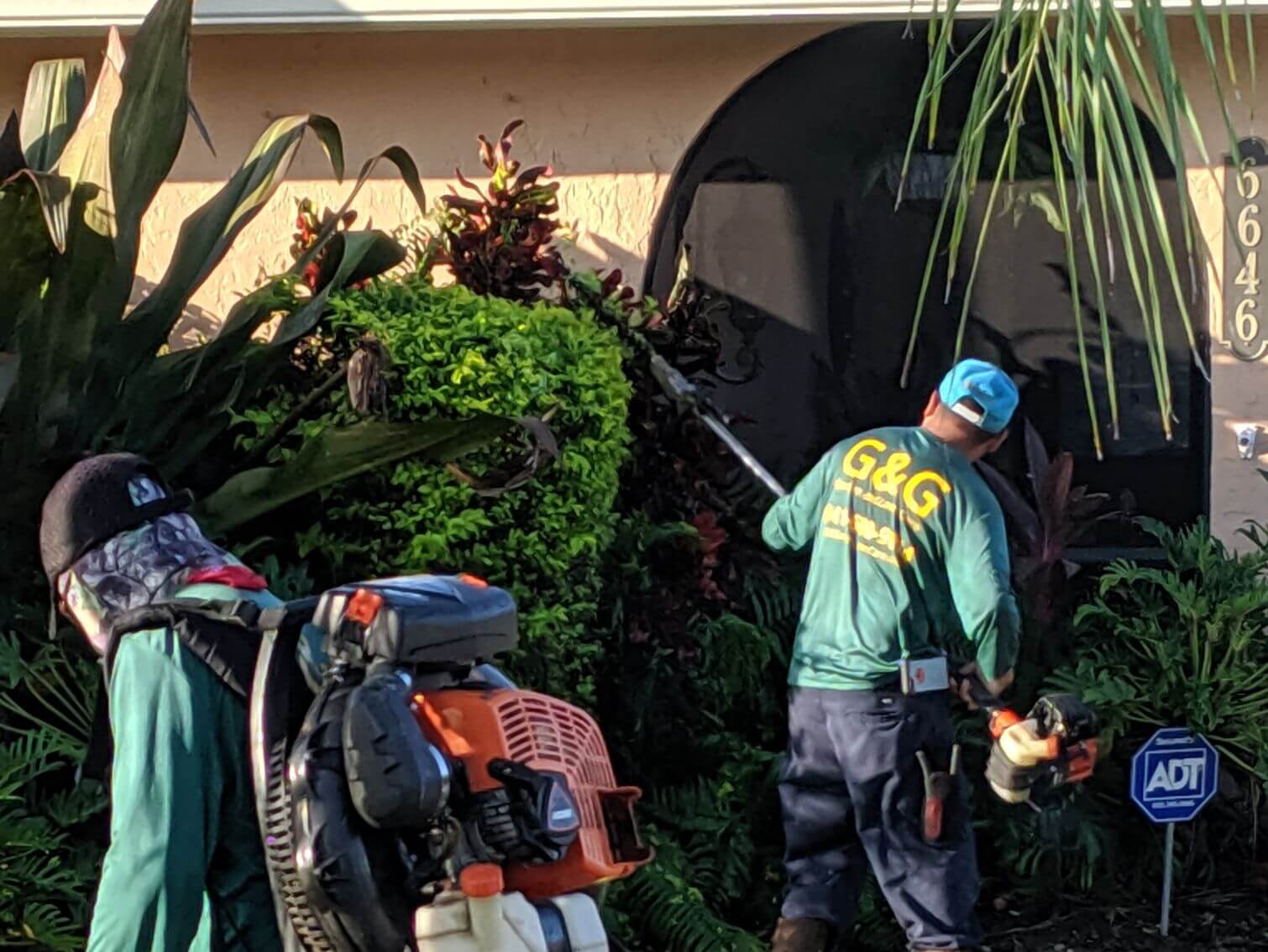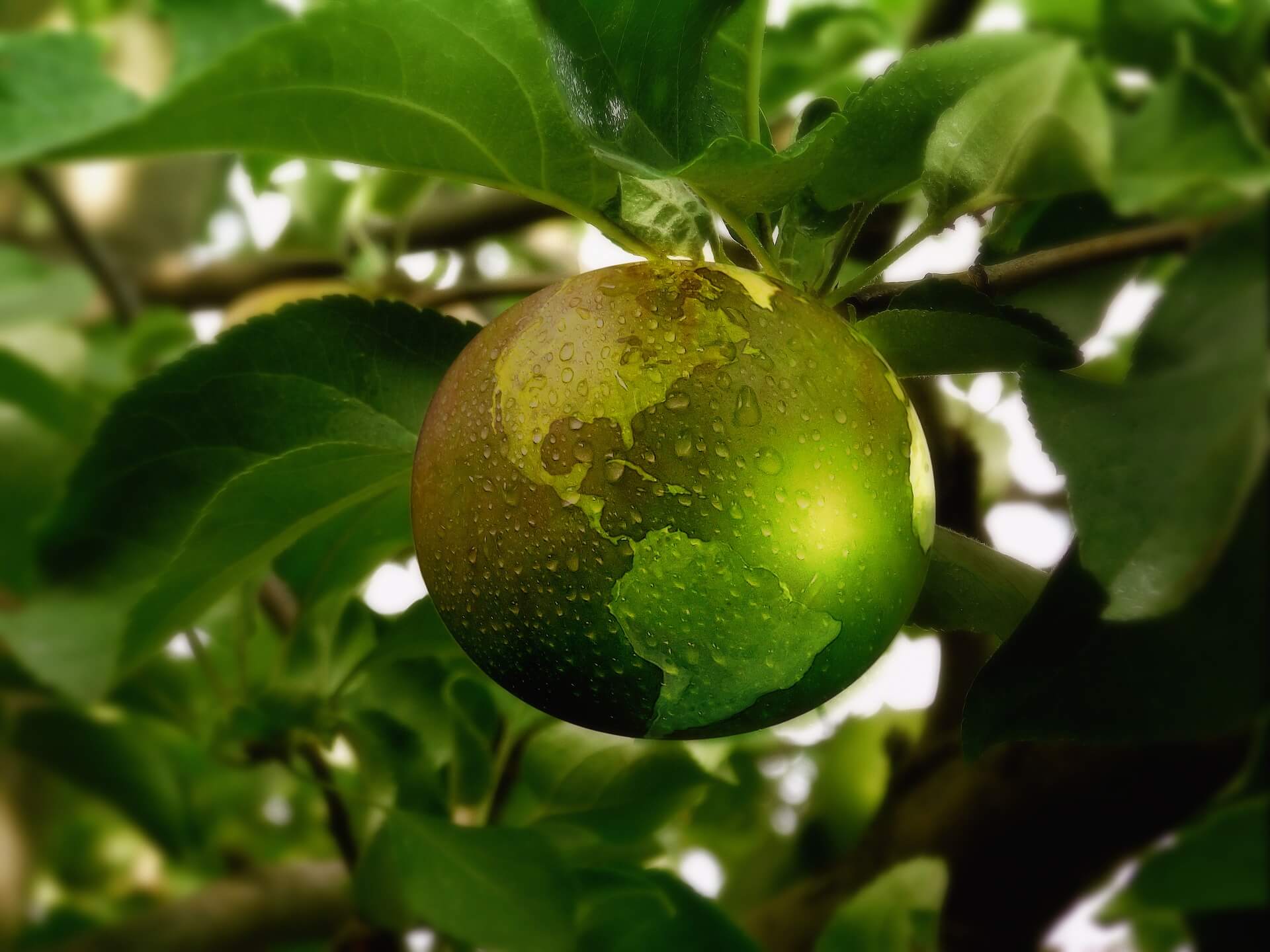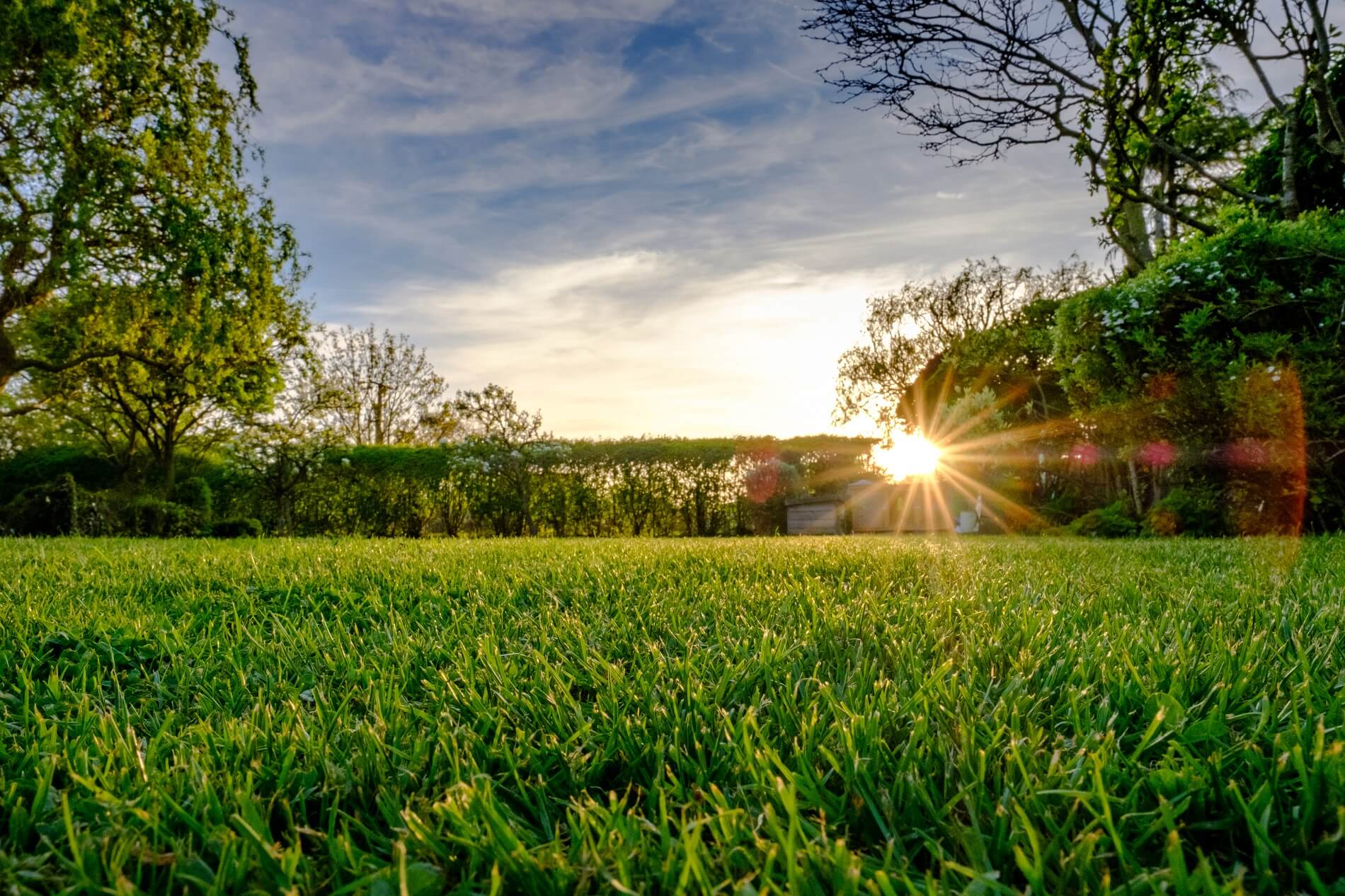Tips for Each Season of Florida Gardening
Sometimes it is hard to know where to start in the yard. Here are some useful tips season by season for your Sarasota property.
Begin fresh in the SPRING:
1 – Spring is a good season to plant:
- Herbs Seeds: Basil, Coriander, Thyme, Anise, Borage, Sage, Oregano, and Chervil
- Vegetables: Beans, Peppers, Squash, and Sweet Corn
- Flowers: annuals such as Coleus, Salvia, Wax Begonia, and bulbs such as Caladium and Lilies
2 – Prune, evaluate and fertilize if necessary:
- Azaleas
- Camellias
- Gardenias
- Flowering shrubs – prune before new buds set to guard next season’s blooms
- Trees – prune weak branches thinking about hurricane season
- Palm trees
3 – Mulch garden and flower beds if you haven’t done during winter.
4 – Test your rain detector or install one to turn off sprinklers and be ready for summer showers.
5 – Apply lawn fertilization
Lean into the heat with your SUMMER garden:
1 – This time of the year is a good time to plant:
- Herbs: Basil, Mexican Tarragon, and Rosemary. It is too hot to start from seeds, start from small plants in summer.
- Vegetables: Halloween Pumpkins
- Flowers: Celosia, Portulaca, Vinca, some Coleus, and bulbs such as Gladiolus
- Aztec Lily, Butterfly Lily, Spider Lily, and Walking Iris are bulbs that can be planted any time of the year, even late summer.
- Palm trees
2 – Make sure to prune:
- Poinsettias
- Azaleas – until middle of July
- Lightly prune summer-flowering shrubs, like Hibiscus and Oleander during the warmer months because they bloom on new growth.
3 – Trees: Prepare for hurricane season by checking trees for damaged or weak branches and prune if needed.
4 – Check frequently if the sprinkler system is operating properly.
5 – Do NOT fertilize lawn during summer.
Checklist for your FALL garden:
1 – You can plant the following in autumn:
- Herbs Seeds: Basil, Fennel, Coriander, Parsley, Thyme, Anise, Borage, Sage, Chervil, and Garlic
- Vegetables: Broccoli, Collards, Kale, and Lettuce
- Fruits: Strawberries
- Flowers: Ageratum, Coleus, Celosia, Zinnia, Wax Begonia, Dianthus, Petunia, Pansy, Snapdragon, and bulbs such as Daylily, Amaryllis, Agapanthus, Rain Lily, and many varieties of Elephant’s Ear
- Evergreen Hollies
2 – Replant perennials and bulbs that have grown too large or need rejuvenation.
3 – Fertilize if necessary:
- Lawn
- Citrus trees
- Shrubs
4 – Reduce watering as the weather cools down.
5 – Use fallen leaves to make a good mulch.
Projects for your WINTER garden:
1 – Winter is a good season to plant:
- Herbs Seeds: Parsley, Coriander, Fennel, Thyme, Dill
- Vegetables: Carrots, Potatoes, Cabbage, Cauliflower
- Fruits: Watermelon
- Flowers: Camellias, Azaleas, Petunias, and bulbs such as amaryllis
2 – Prune, evaluate and fertilize if necessary:
- Citrus trees
- Roses
- Crape myrtle
- Non-spring flowering trees
- Deciduous fruit trees
- Palm trees
3 – It is perfect timing to refresh your garden’s mulch.
4 – Protect your plants during extremely cold weather. Be ready to cover tender plants to minimize frost or freeze damage. Extend covers all the way to the ground. Do not water during or hours before freezing nights.
5 – Irrigate lawns and landscape plants minimally.
All year long “to do” list:
- Adjust irrigation based on rainfall.
- Prune off dead blooms and seeds to encourage new flowers.
- Monitor for insects and disease.
- Mow lawns at recommended heights
- Soil test: Consider performing a soil test before fertilizing the lawn, and if plants do not perform as desired or if new plantings are planned.





